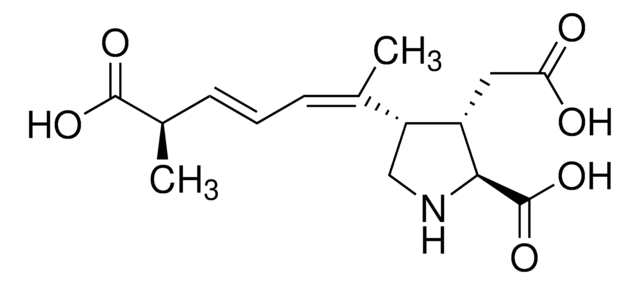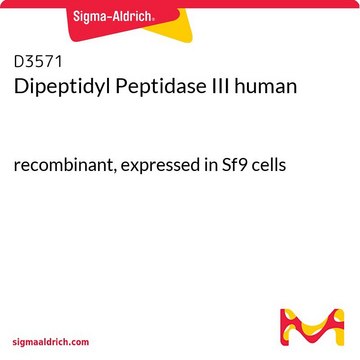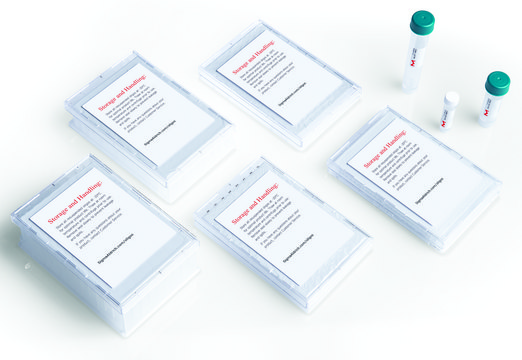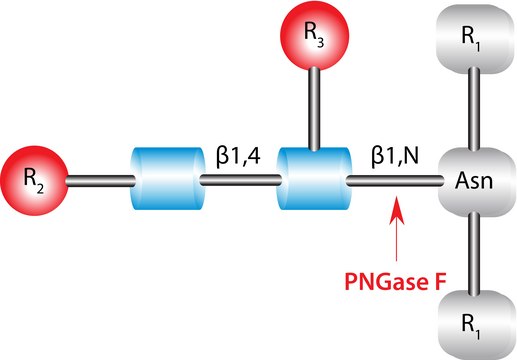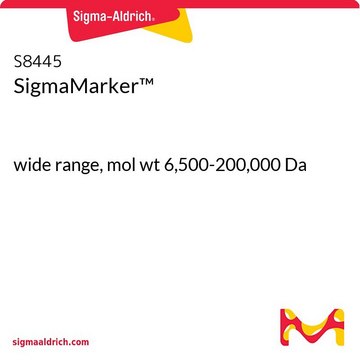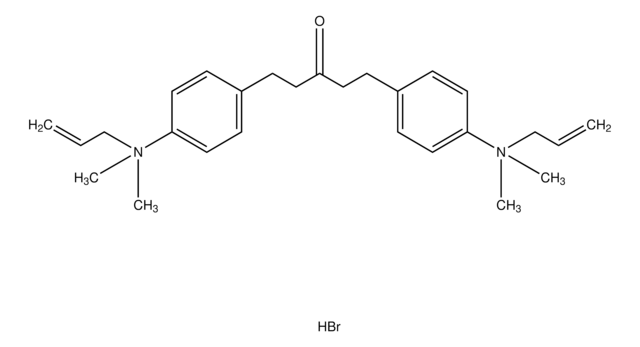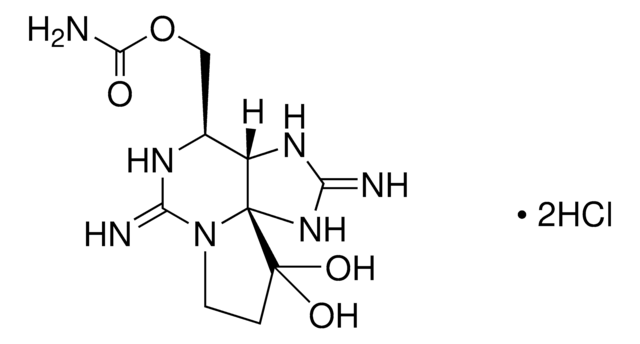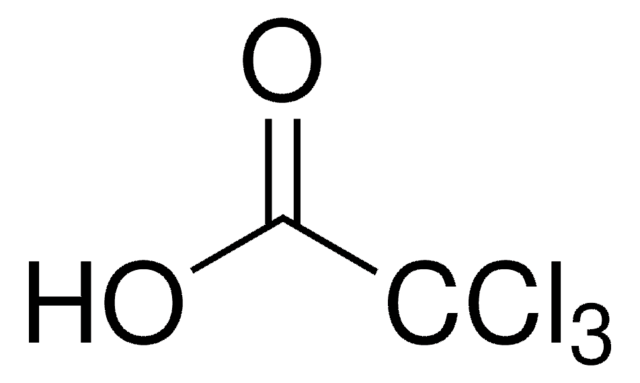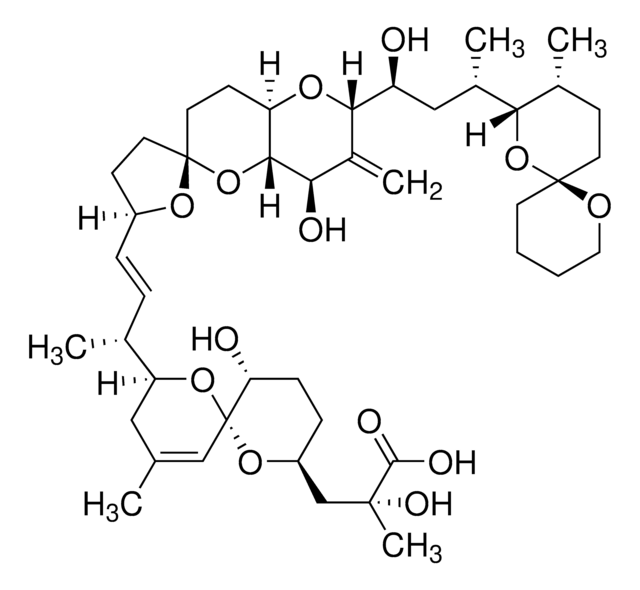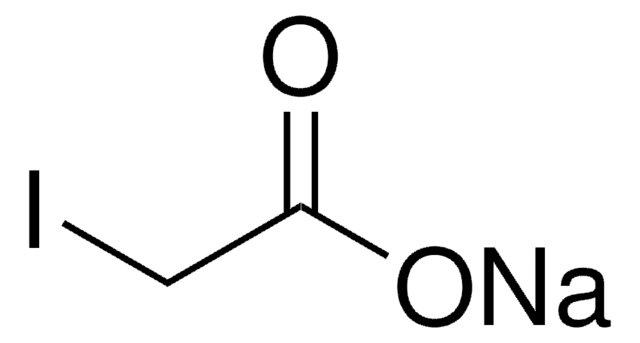About This Item
Recommended Products
Assay
≥90% (HPLC)
form
powder
storage temp.
−20°C
SMILES string
OC([C@H](C)/C=C/C=C([C@@H]1[C@H](CC(O)=O)[C@@H](C(O)=O)NC1)/C)=O
InChI
1S/C15H21NO6/c1-8(4-3-5-9(2)14(19)20)11-7-16-13(15(21)22)10(11)6-12(17)18/h3-5,9-11,13,16H,6-7H2,1-2H3,(H,17,18)(H,19,20)(H,21,22)/b5-3+,8-4-/t9-,10+,11-,13+/m1/s1
InChI key
VZFRNCSOCOPNDB-AOKDLOFSSA-N
Gene Information
human ... GRIK1(2897)
Looking for similar products? Visit Product Comparison Guide
General description
Application
- as an excitatory neurotoxin to determine brain transcriptional response
- to study its cytotoxic, genotoxic and immunotoxic effects on the marine mussel M. edulis
- to study its neurobehavioral effects on mouse fetuses
Biochem/physiol Actions
Features and Benefits
Signal Word
Danger
Hazard Statements
Precautionary Statements
Hazard Classifications
Acute Tox. 4 Oral - STOT SE 1
Target Organs
Central nervous system
Storage Class Code
6.1C - Combustible acute toxic Cat.3 / toxic compounds or compounds which causing chronic effects
WGK
WGK 3
Personal Protective Equipment
Choose from one of the most recent versions:
Already Own This Product?
Find documentation for the products that you have recently purchased in the Document Library.
Articles
DISCOVER Bioactive Small Molecules for Neuroscience
Our team of scientists has experience in all areas of research including Life Science, Material Science, Chemical Synthesis, Chromatography, Analytical and many others.
Contact Technical Service